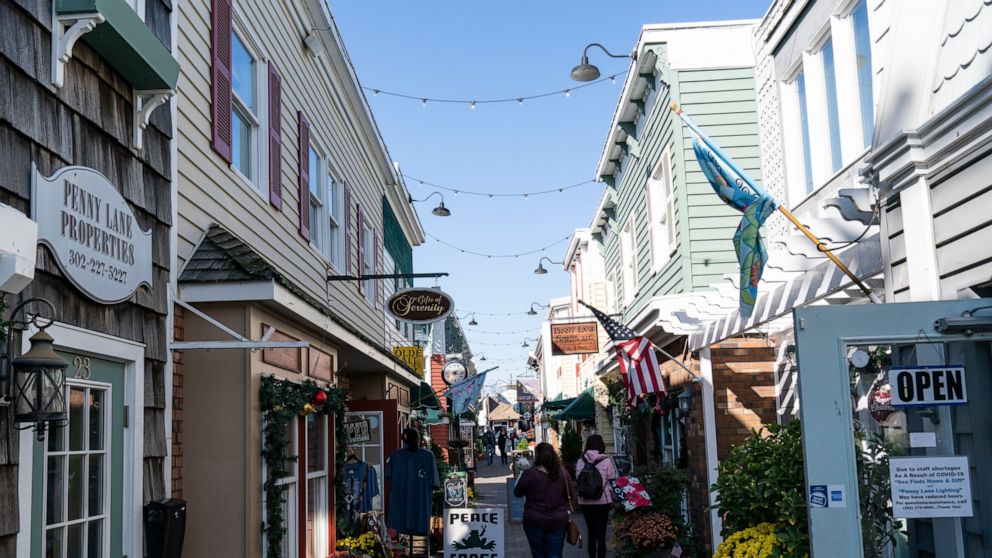REHOBOTH BEACH, Del. — While motorcading to his beach house last weekend, President Joe Biden could have looked out the window of his limousine and seen firsthand why he has struggled to contain inflation.
Lining Delaware’s Coastal Highway as it leads into Rehoboth Beach are miles of strip malls, outlet stores, restaurants, hotels and gas stations. The advertised price of gasoline was approaching $5 a gallon. Vacationgoers had packed into the parking lots of pubs and taquerias.
No one is happy that inflation is close to a 40-year high, but it will be hard to bring down prices so long as people keep eagerly spending.
Browsing the Polo Ralph Lauren factory store, Nina Cooper was displeased about her rising expenses yet she was still shopping for new outfits. Inflation was not enough to deter the hospital worker, who was grateful that a seven-minute commute spared her some pain at the gas pump.
“Everything is going up — look at these prices,” Copper said. “But you still got to live.”
Biden faces a delicate trade-off as he tries to help his fellow Democrats in the November elections. He needs U.S. consumers to pull back just enough so inflation eases, but not so much that the economy risks plunging into a recession.
The president has flicked at this idea in recent speeches, noting that the pace of hiring has slowed and “we’re beginning a shift to steady growth” after a rapid recovery from the coronavirus-induced recession. That recovery that was fueled, in part, by his $1.9 trillion relief package.
Consumers account for most U.S. economic activity, meaning they steer much of what happens with their collective choices. Their role tends to get overlooked in political speeches, which generally reduce the economy to talk about jobs, factories and other forms of production. Biden has gone so far as to say that his policies to promote port upgrades and domestic manufacturing will lower costs by improving production, a long-term fix to an immediate…
Click Here to Read the Full Original Article at ABC News: Business…

